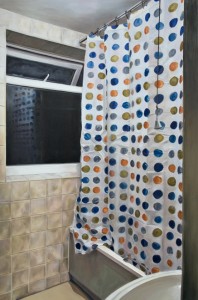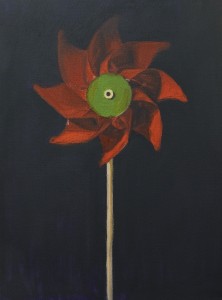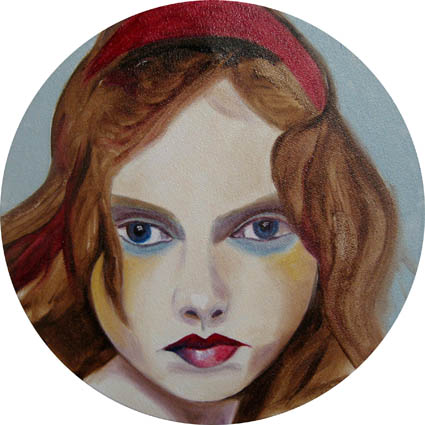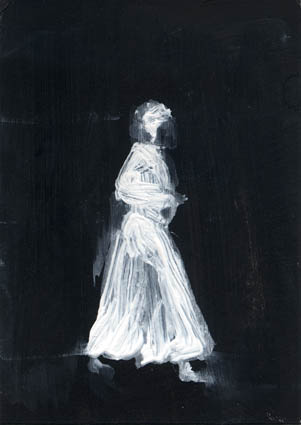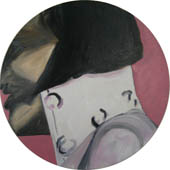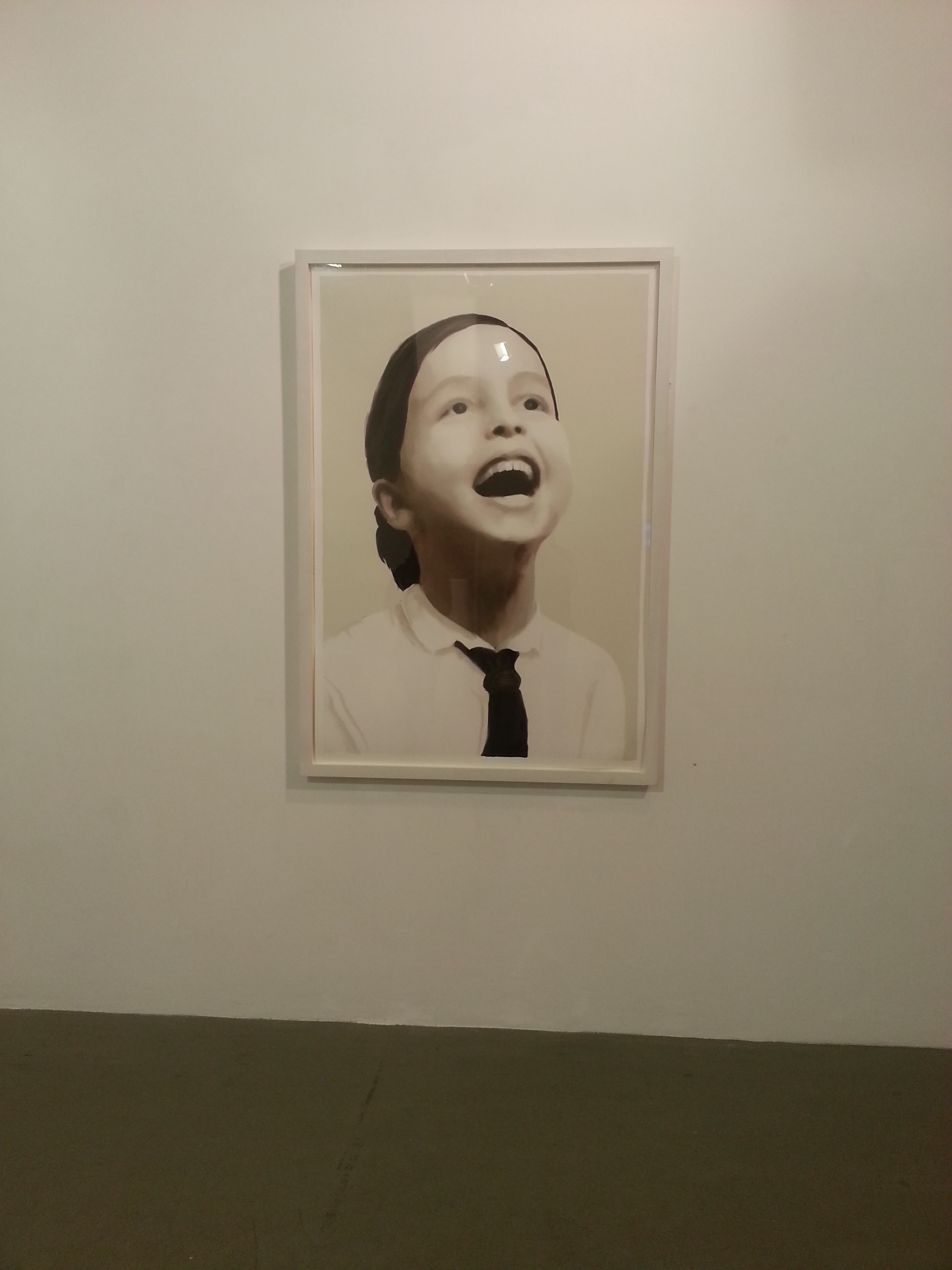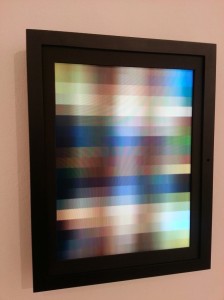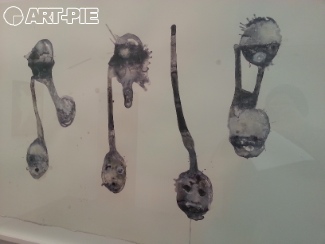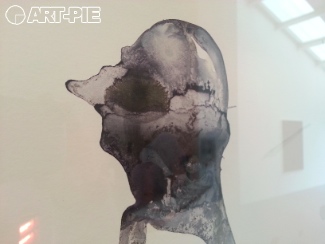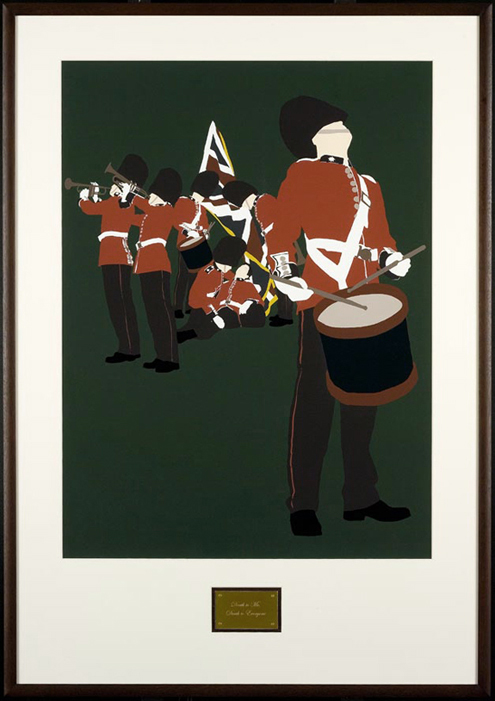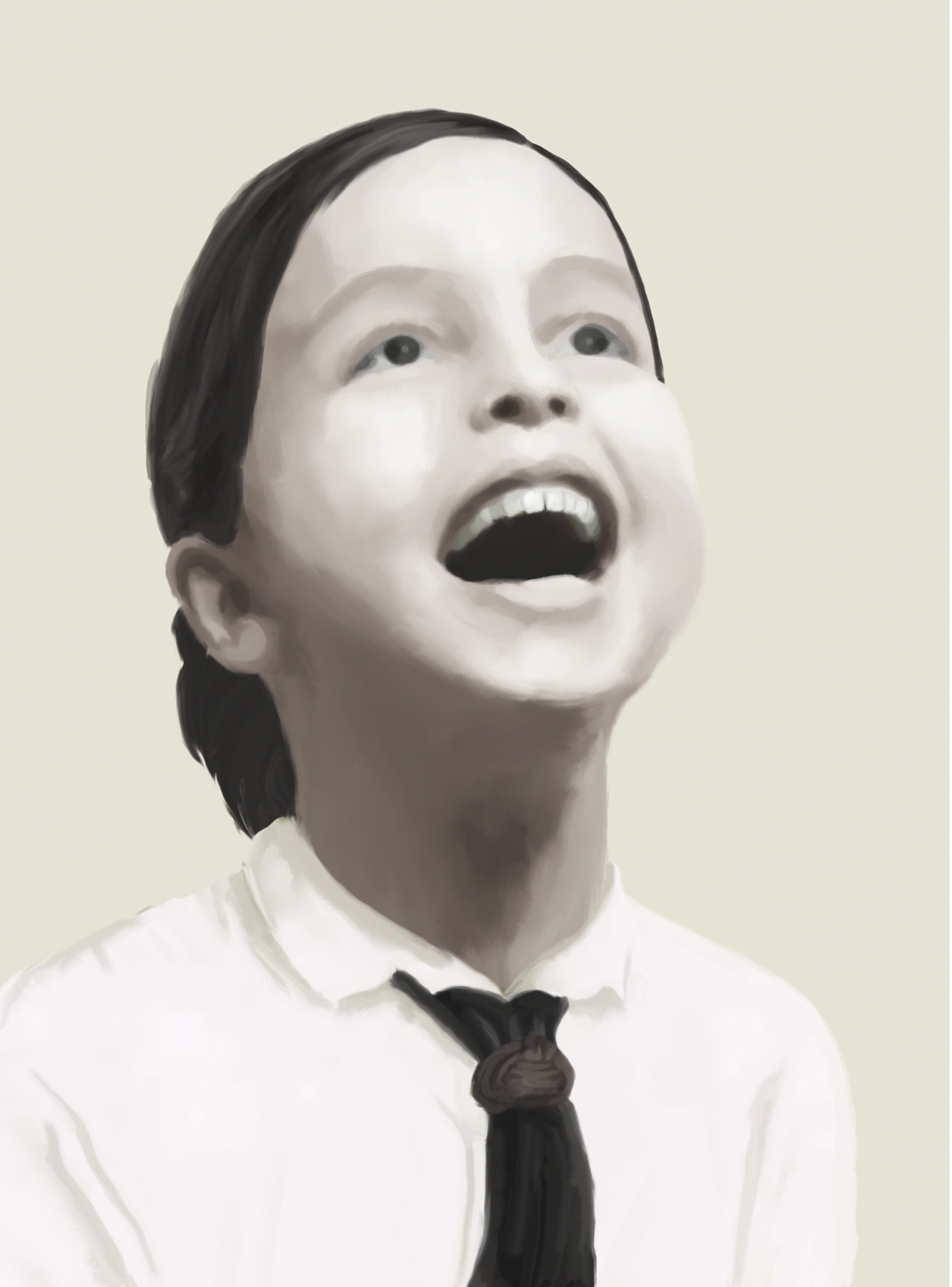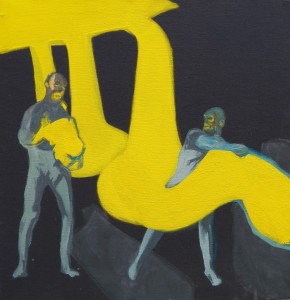
“One of the reasons I source mainly from newspaper, television and internet imagery is because the way we interact with these media shapes so many of our opinions about the world around us. Most of what I know about the world has been drawn in a fairly disjointed and fragmentary fashion from this huge, seemingly ever present sea of information.
The sheer amount of available knowledge is so overwhelming that I end up feeling always frustrated that I know nothing about anything. Not knowing what I should be spending my time getting to know, I end up with a constant sense of only ever partially understanding even the most important current and historical events.
I am impelled by a great fascination but end up mostly confused about which direction to allow my fascination to lead me in the time I have. Although partial understanding can be frustrating and isolating, it does carry its own qualities. As events become jumbled and confused in our minds a kind of magical haze is thrown over everything. We start to create our own narratives, filling in the gaps between what we pick up from various sources with any number of unreliable memories and opinions.” Darren Nixon
Darren’s central theme of ‘not knowing’ brings up issues of ‘not remembering’ and when applied on a global scale, this “magical haze” created by the fragmented reality of media overload, threatens our formation of collective memories; memories we experience as part of a culture and a society, memories which connect our identity to the cultural experience of a larger social group.
In art since 1900, Benjamin Buchloh makes this encouraging statement in the final roundtable discussion, “The Predicament of Contemporary Art”: “…the effort to retain or to reconstruct the capacity to remember, to think historically, is one of the few acts that can oppose the almost totalitarian implementation of the universal laws of consumption…”
However, he concludes with this condemnation, “…to deliver the aesthetic capacity to construct memory images to the voracious demands of an apparatus that entirely lacks the ability to remember and to reflect historically, and to do so in the form of resuscitated myth, is an almost guaranteed route to success in the present art world, especially with its newly added wing of “the memory industry”. Chilling.
Read more of my interview with Darren Nixon, Joining a Conversation Well Underway.


